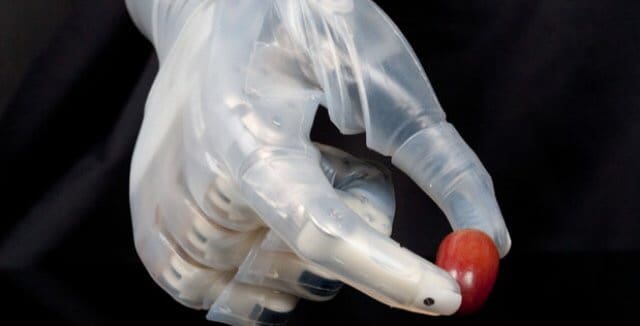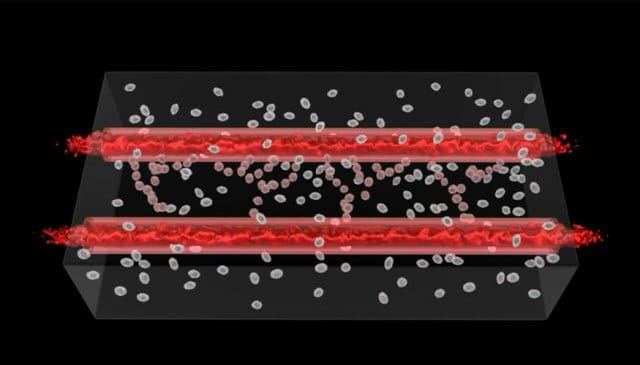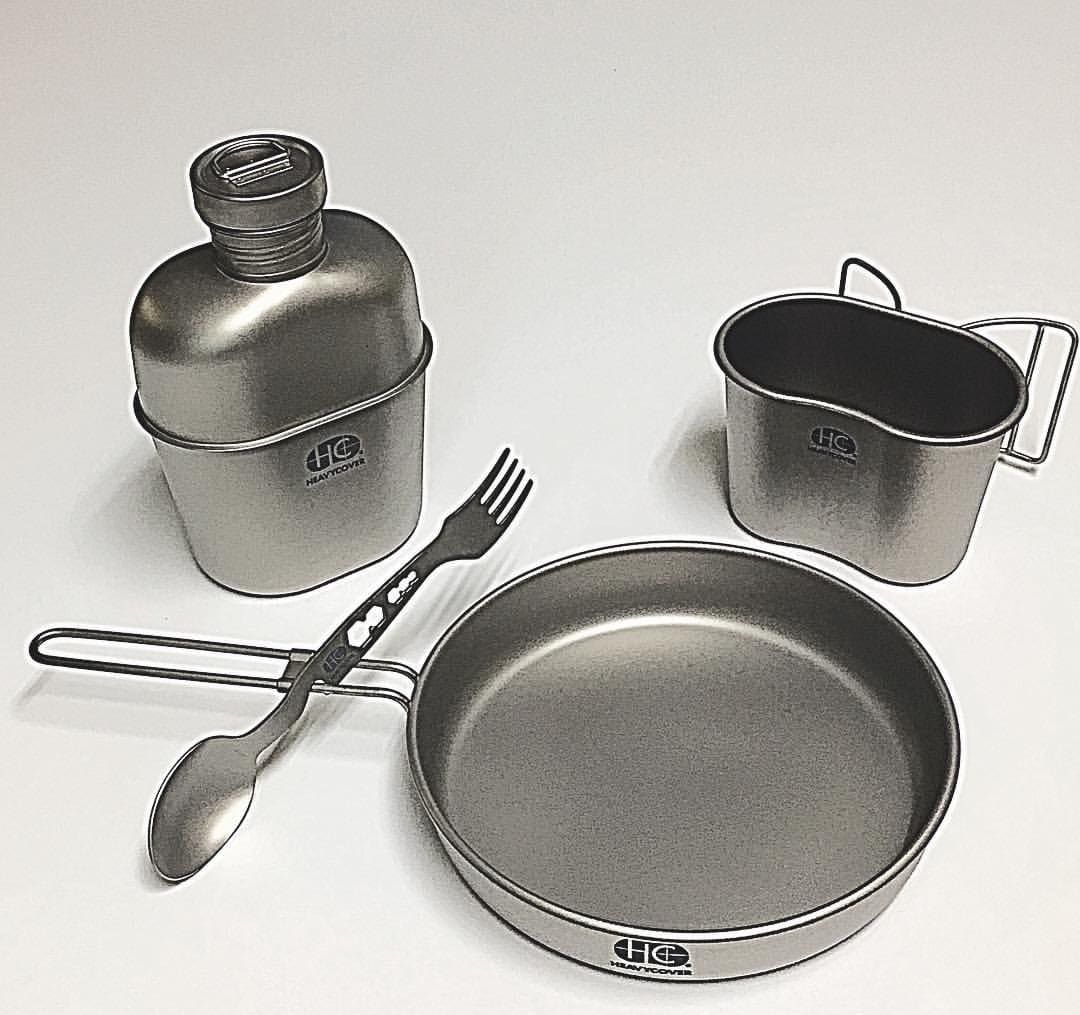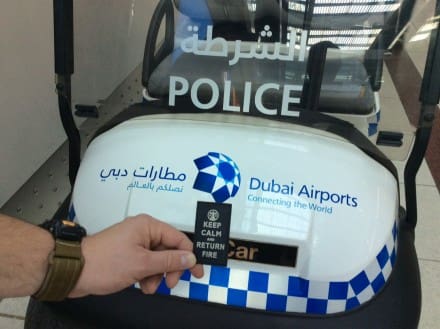WASHINGTON — The Defense Department will fund an 87-member coalition to develop next-generation manufacturing techniques for repairing and replacing cells, tissues and organs for wounded service members, the undersecretary of defense for acquisition, technology and logistics announced Wednesday at the White House.
Frank Kendall introduced the winning consortium, which is led by the nonprofit Advanced Regenerative Manufacturing Institute (ARMI), headquartered in Manchester, New Hampshire. Members of the consortium — from industry, academic and government backgrounds — will serve as part of the new Advanced Tissue Biofabrication Manufacturing Innovation Institute, or ATB-MII.
The institute is the 12th manufacturing hub awarded by the Obama administration, seven of them so far led by DOD.

Researchers at Lawrence Livermore National Laboratory say the precision and 3D structures made possible through bioprinting are enabling them to more effectively reproduce human physiology outside of the body, which will eventually lead to a better representation of each tissue system that makes up the human body. (Photo Credit: Courtesy Department of Energy)
“Manufacturing is deeply important to national security,” Kendall said, noting that DOD signed a technology-investment agreement Monday with ARMI to establish the institute.
Participating in the selection process were more than 20 technical experts, representing four federal government departments or agencies. Among the DOD representatives were members of five military services and agencies.
“This agreement, awarded by the Army Contracting Command, provides for seven years of operation with financial support supplied by a combination of $80 million in DOD funds and more than $214 million in non-federal cost sharing,” Kendall said.
“This financial support offers ample evidence that industry is fully behind this initiative. This is truly a team effort,” the undersecretary said.
The Advanced Tissue Biofabrication team — organized by ARMI and led by engineer, inventor and entrepreneur Dean Kamen — consists of 47 companies, 26 academic institutions and 14 government and nonprofit organizations, all supporting the industry-driven nonprofit public-private partnership, Kendall said.
“Members of the partnership include small-through-large businesses, DOD research and development laboratories, public and private universities, research institutions, federal and state government entities and local governments — who are all collaborating to meet future defense and commercial requirements,” he explained.
ARMI will bring current and future members together in a collaborative space in Manchester, Kendall said, and “key state partners in the ATB-MII have pledged substantial support.”
State partners include New Hampshire, Massachusetts, Connecticut, Ohio, Wisconsin, Minnesota, Indiana, North Carolina, Florida, Tennessee, Texas, California, Colorado, Washington, Arizona, New Jersey, Pennsylvania, New York and Maryland.
“I don’t think you want to be left out of this activity,” Kendall said.
The ATB is an investment in manufacturing and testing technologies to advance the state of the art in regenerative medicine, the undersecretary said.
“The ‘why’ for this institute is one that is extremely important to all of us and personal to many of us in the Defense Department — restoring form, function and appearance for our wounded warfighters and changing what is possible for the many Americans who’ve spent far too long on the organ-transplant waiting list,” he added.
The institute encompasses state-of-the-art tissue manufacturing, cell and biomaterial processing, 3-D bioprinting, automation and nondestructive testing technologies, Kendall said.
“The biggest challenge to widespread availability for emerging manufacturing tissue products is in common technologies, processes and standards to advance manufacturing, product testing, quality control, quality assurance and product preservation,” the undersecretary said.

Researchers at Lawrence Livermore National Laboratory say the precision and 3D structures made possible through bioprinting are enabling them to more effectively reproduce human physiology outside of the body, which will eventually lead to a better representation of each tissue system that makes up the human body. (Photo Credit: Courtesy Department of Energy)
It’s necessary, Kendall said, to create and sustain an industrial commons — a foundation of knowledge and capabilities — “for the ATB-MII to advance the standardization of tissue products and processes for widespread use across industries in areas such as cell therapies, engineered replacement tissue and biopharmaceutical products.”
Scaling up manufacturing processes to produce cells, tissues and organs at scale “will catalyze disparate supply-chain elements and enable novel products for the Defense Department and the larger health-care sectors,” he added.
The challenge is amplified in medicine, Kendall said, because of the complexities of scaling and, especially, the unique nature of tissue engineering.
Kamen’s inventions include the Segway human transporter, the first drug-infusion pump, portable dialysis machines, a water purifier, an all-terrain electric wheelchair and — working with the Defense Advanced Research Projects Agency — the DEKA-Luke prosthetic arm.
At the White House, Kamen described the development of the arm technology, which is now approved by the U.S. Food and Drug Administration, as “making arms for some of these young [military] heroes who desperately need and deserve something more than a stick with a hook on it.”
Referring to the science infrastructure scientists require in order to turn their research into useful products, Kamen said, “We can supply essentially what the printing press did to get all these ideas to the world that needs them. We need to essentially make the printing press for the world of regenerative medicine.”
And that’s not just an analogy, Kamen added, “It’s a real printing press — we’ll be printing 3-D organs.” Kidneys, he said, may be one of the first organs to be produced.
The inventor said he and his team of engineers will give the scientists the tools they need to turn what is now an incredibly exciting science into an industry “that will meet the needs, first of your soldiers who need skin for burns and organs because of what they lost, but then the rest of the country, and the rest of the world will benefit.”
(Follow Cheryl Pellerin on Twitter: @PellerinDoDNews)
















































































































